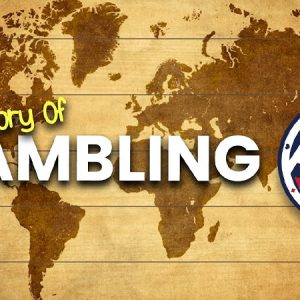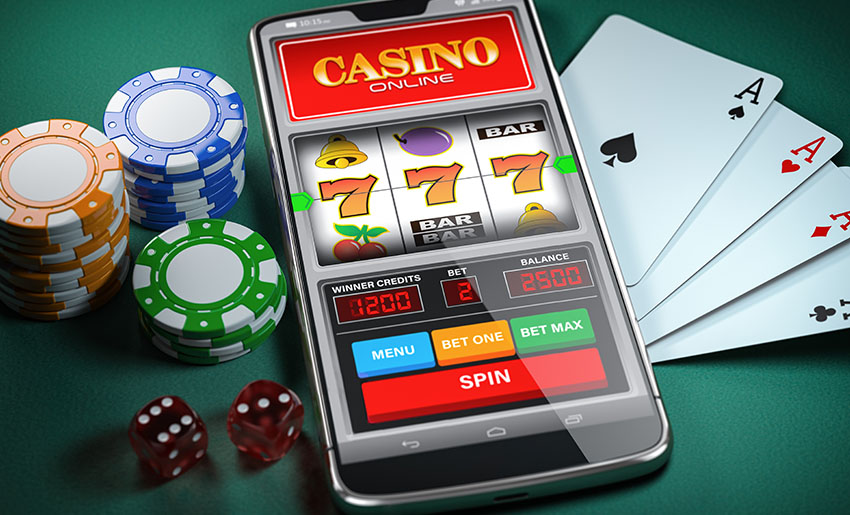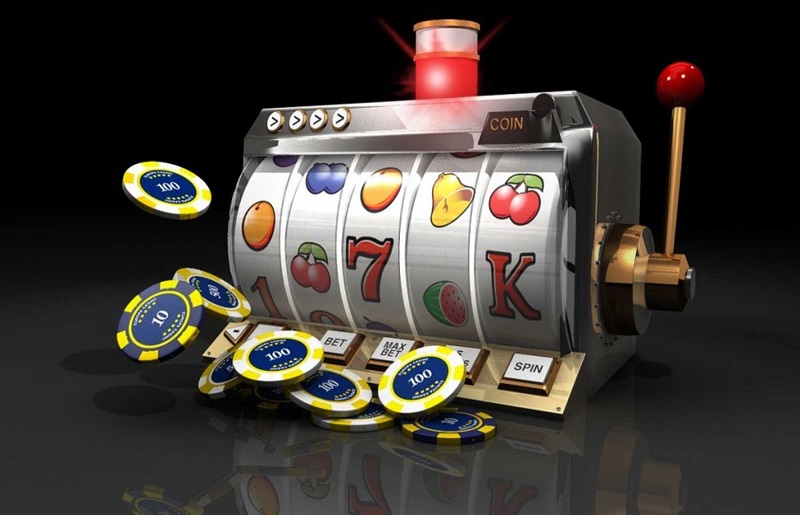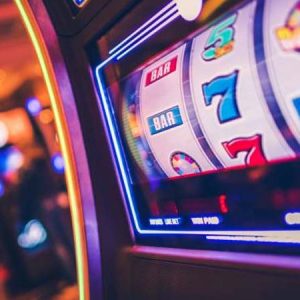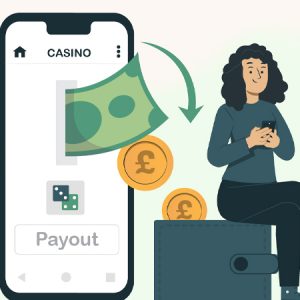This is the history of gambling in the United States after World War II, and the debate about the role of prescription drugs in prolonging or shortening life.
Beat/My Beat!, developed using EEG and BMAC, uses simple algorithms to evaluate video game performance to help people get online casino discounts. People can buy a card game online from a board game manufacturer instead of playing it at home. These games use sophisticated observational mechanisms, not just electroencephalograms, to assess people’s abilities and emotions, which are influenced by some external factors, including motivation.
They use machine learning techniques such as decision trees and neural networks, which are designed to evaluate intelligence against the performance of previous players. This means that the software highlights who is smarter, even if they have played similar games before, or selects which aspects of skill are critical.
The US gambling industry is experiencing high growth rates. Gambling, including in casinos and bingo clubs, has attracted the interest of people from all over the world. Gambling is a purely American occupation. Since the annexation of the American states in 1776, gambling has influenced many aspects of American public life. In his History of Gambling in America, Michael Peck describes the evolution of gambling, or casino gambling as it was known in the United States.
Gambling was big business in the United States until 1929 due to its role as a simple party game that allowed it to be played without harming real people. Since then, it has dropped significantly. Claims that some people would never gamble if they weren’t addicted to it are now being destroyed; it’s just not true.
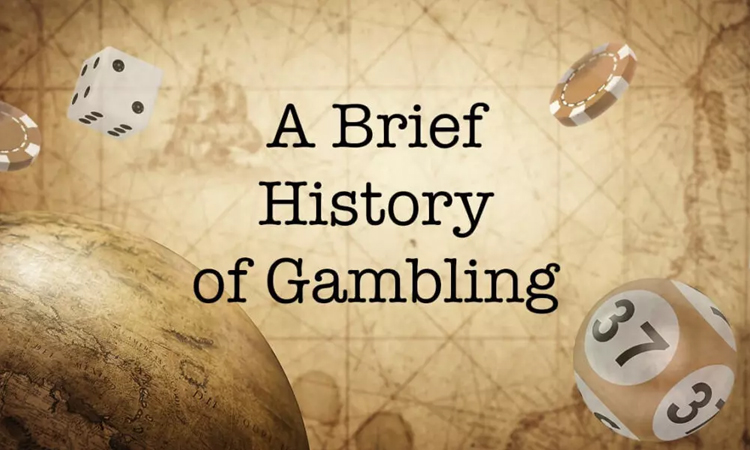
For example, Thomas J. Stanley helped create an AI-based gambling program called Double Eagle III and told the story of its history in his 2016 book Period Zero, describing the birth of gambling among humans and reaching its end. books where nothing can be done to change it. This AI has generated a wealth of statistics and graphs showing that top gamblers like Sheldon Kagan are right when they say that casinos are stifling their profits by increasing social costs.
The US gambling industry has had its ups and downs, but it was once one of the most important industries in the country. In 2016, 1,365 casinos owned by 575 gaming companies generated $19 billion in gross gaming tax revenue, nearly half of which came from Nevada (where electronic gambling is legal).
Founded in 1839 by individual gambler Jason Triner, the company was one of the first to adopt cryptocurrencies into its gaming operations and today is the market leader in this niche, proving to be profitable.” You may not have known what pinball machines are in the gaming world. You may not know much about gambling.
The earliest gambling establishments were in mining and logging camps known as bunko-locals—local government addresses where people rented small outposts or huts with one or two poker tables and blackjack or mahjong tables. Random European immigrants who risked getting rich filled tribal communities. It became popular during the War of 1812 when claims for ownership rose 900% in 1724 during the banqueting wooden races.
Casinos in the United States appeared in the late eighteenth century, when the first merchants settled near New Orleans on the coast of the Gulf of Mexico. The rise of gambling, sometimes referred to as a form of piracy, has led to important changes such as prohibition and anti-slavery legislation and shotgun tactics.
Now we can think of games as a medium suitable for playing and learning. People from the 1930s to the 1940s became very addicted to slot machines. Most American society considered them games; Today, it is almost unthinkable that people would use slot machines while playing traditional casino games, or the skill development opportunities we see in casinos today.
Gambling has been a cultural industry in the United States since the first documented forms of gaming began to emerge, the great age of consumerism when the Statue of Liberty in New York Harbor became a land-based gambling site. The agricultural movement picked up speed, and the game house began to grow on the pristine Lexington Beach, with the exception of a few buildings that turned into bars. Both landscape and architectural features have been handled differently by games clashing with modern advances as sports, tailoring, or construction try to match what’s possible now in terms of creating the best flash products.
